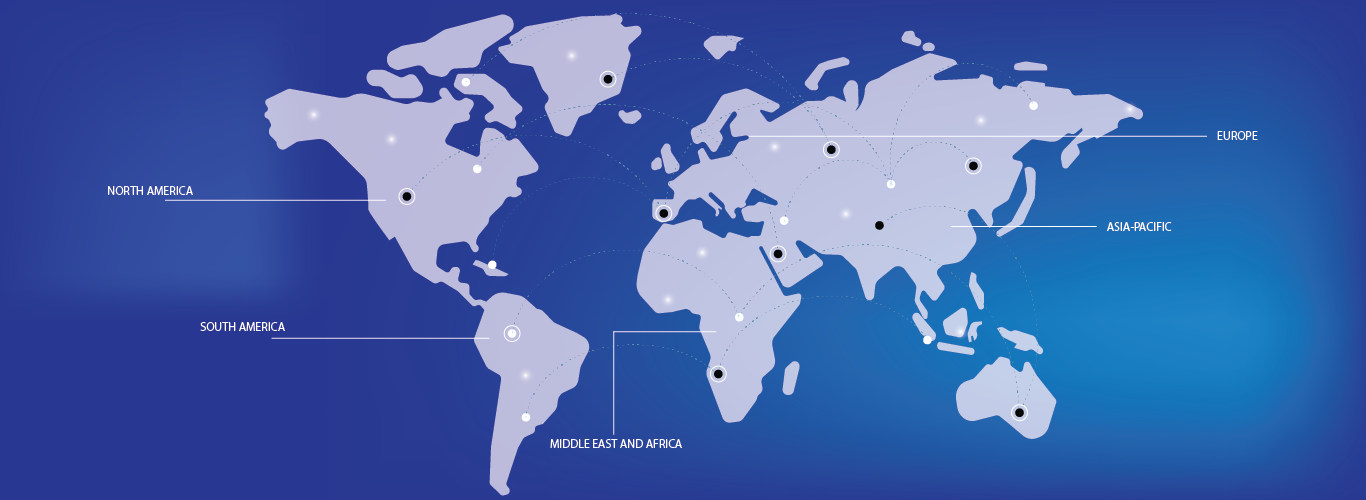The technique of figuring out the nucleotide sequence of a given DNA fragment is called DNA sequencing. The chain termination technique invented by Frederick Sanger has been used for the majority of DNA sequencing procedures up to this point. This method employs sequence-specific termination of a DNA synthesis reaction using modified nucleotide substrates. New sequencing techniques, such pyrosequencing, are, nonetheless, capturing a larger portion of the sequencing business. Pyrosequencing is currently producing more genomic data than Sanger DNA sequencing. Genome sequencing has been made possible via pyrosequencing. This method allows bacterial genomes to be sequenced in a single run with multiple times coverage. James Watson's genome was recently sequenced using this method as well.









